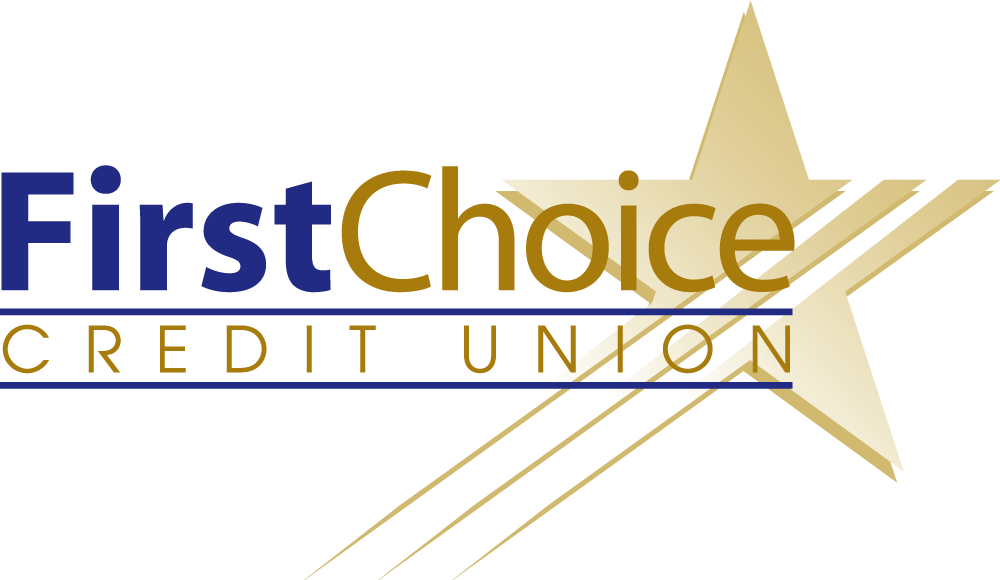Product Comparison
Product Comparison
Find the right home equity account for your financial needs: a loan or line of credit.

| Home Equity Loan | Home Equity Line of Credit |
|---|---|
| Interest rates are locked in over the life of the loan for most Second Mortgages. Homeowners don’t have to worry about unexpected rises in their mortgage monthly payments. | If you don’t know for sure how much money you will need over a period of time, a HELOC allows the borrower to take advances as they need. As you pay it back, it frees up more credit. |
| A borrower will typically enjoy lower monthly payments since the period of the Second Mortgage is usually longer, such as 15 years. | Borrowers typically have lower monthly payments versus a Second Mortgage. |
| Since a Second Mortgage loan is a one-time, lump sum, some homeowners may find it easier to avoid additional debt versus a HELOC where you can continuously draw down money from the loan | Borrowers usually enjoy a lower interest rate since this is a variable cost loan. |
| Home Equity Loan | Home Equity Line of Credit |
|---|---|
| You prefer fixed monthly payments that won’t change. | A lower interest rate is more important than the possibility of an increase in your monthly mortgage payment. |
| A longer loan term is necessary. | It is uncertain how much money you will need to borrow and when. |
| Home Equity Loan | Home Equity Line of Credit |
|---|---|
| Since Second Mortgage loans are fixed rate loans, if interest rates fall, the borrower will end up paying more in interest versus a HELOC which usually uses a variable rate that adjusts downward. | A borrower will not have the security of locked in payments. As interest rates change, so will the monthly payment. |
| Since the life of the loan is longer, for example 15 years, you end up paying more in interest. | A HELOC has a shorter loan length which will require faster payment. |
| You only receive money one time, so if additional costs arise, the borrower would need to apply for a new loan or consider refinancing. |

